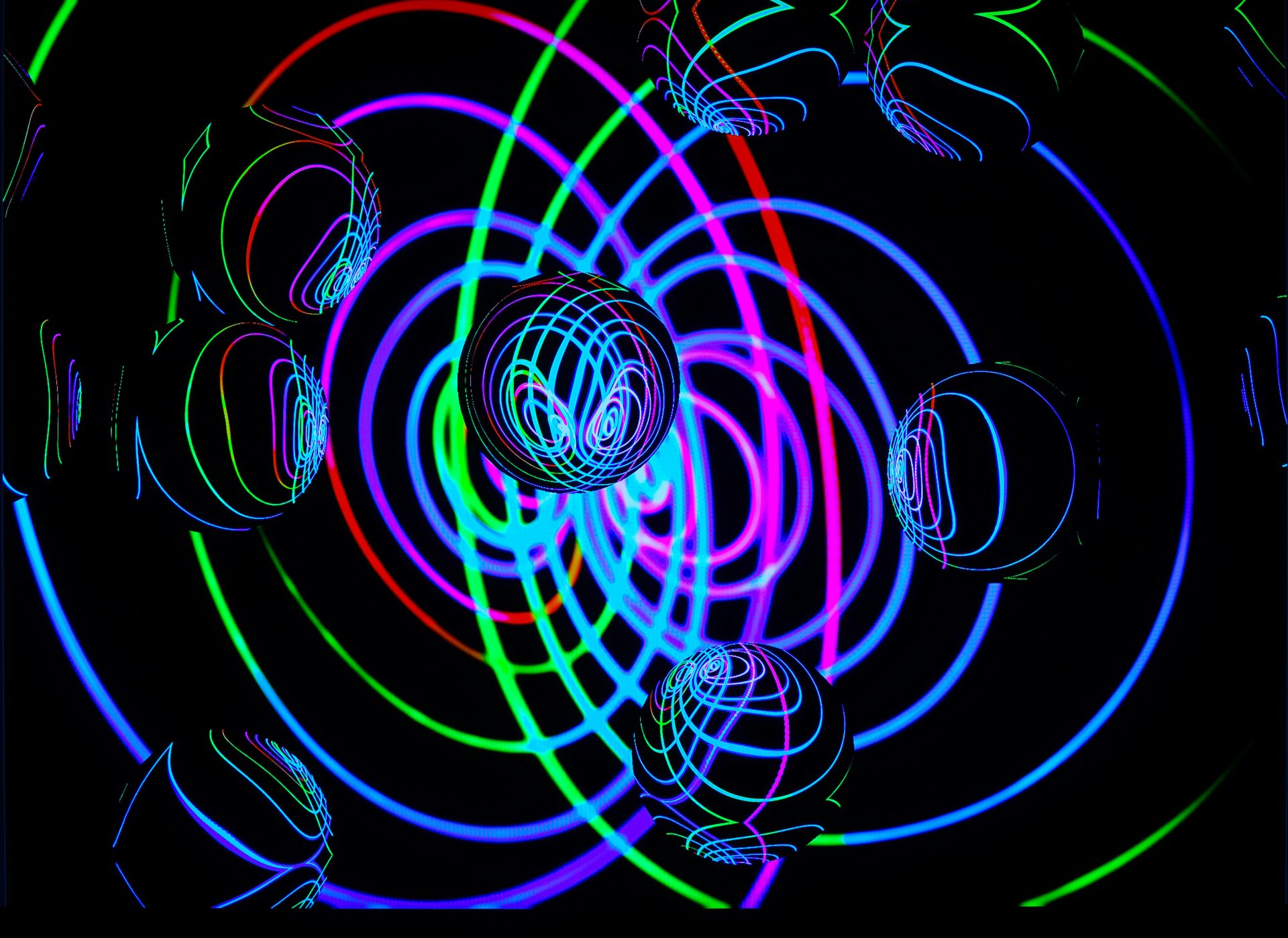The Mystery of the Chupacabra: Folklore and Fear

Hey there, amazing readers! 🖐️ Just a quick note: yes, we know there are a lot of ads here. Trust us, we get it—it’s not the prettiest look, but they help us keep this blog alive and kicking. Those pesky little ads cover the costs of all the behind-the-scenes magic, from hosting and tech stuff to creating content we hope you’ll love.
We’re committed to delivering quality posts, and your support (even just sticking around despite the ads) means everything to us. So, bear with us, and thanks for helping us keep the good vibes rolling. Now, on to the fun stuff! 😉
TRANSLATE BUTTON AT THE END OF THE ARTICLE
A Quick Overview
The Chupacabra, a mythical creature known for its attacks on livestock, has captured the imagination of people around the world.
This mysterious beast, whose name translates to "goat-sucker" in Spanish, is believed to be responsible for the deaths of countless animals in rural areas.
The legend of the Chupacabra has spread far and wide, with reported sightings and encounters stretching from the Americas to Europe and beyond.
In this article, we will delve into the origins of the Chupacabra myth, explore its characteristics, examine its cultural impact, and discuss the various theories surrounding its existence.
The Legend of the Chupacabra
The legend of the Chupacabra first emerged in the mid-1990s, primarily in Puerto Rico and Mexico.
Eyewitnesses described a creature resembling a reptilian humanoid, with large eyes, sharp fangs, and spikes running down its back.
The Chupacabra was said to attack livestock, draining them of blood and leaving behind puncture wounds.
The fear and fascination surrounding this mysterious creature quickly spread, leading to a wave of reported sightings and encounters.
Origins of the Chupacabra Myth
The origins of the Chupacabra myth can be traced back to traditional folklore and superstitions.
Stories of mysterious creatures that prey on animals have existed in various cultures for centuries.
In Puerto Rico, the Chupacabra was believed to be a supernatural being or a demon sent to punish sinners.
In Mexico, it was often linked to tales of vampires or shape-shifting entities.
As these stories spread through word of mouth and media coverage, the Chupacabra evolved into a modern-day legend that continues to fascinate and frighten people to this day.
Sightings and Encounters
Reports of Chupacabra sightings have been documented in numerous countries, including the United States, Brazil, and Russia.
Witnesses claim to have seen the creature lurking near farms or rural areas, where it allegedly preys on livestock such as goats, chickens, and cows.
Some have even reported encountering the Chupacabra up close, describing its eerie appearance and otherworldly abilities.
Despite the lack of concrete evidence, these sightings have fueled the belief in the existence of the Chupacabra.
Characteristics of the Chupacabra
Descriptions of the Chupacabra vary, but certain characteristics remain consistent across sightings.
The creature is typically described as being around four to five feet tall, with gray or greenish skin, large red eyes, and sharp claws or fangs.
Its most distinctive feature is the row of spines or spikes that run along its back.
Witnesses often report a strong, foul odor emanating from the creature, adding to its aura of terror and mystery.
Folklore and Cultural Impact
The Chupacabra has become a prominent figure in folklore and popular culture, inspiring books, movies, and even video games.
Its image has been used in merchandise and advertising, capitalizing on the public’s fascination with the unknown.
The legend of the Chupacabra has also permeated local traditions and customs, with some communities holding rituals or ceremonies to ward off evil spirits or protect their livestock from harm.
Despite its mythical nature, the Chupacabra continues to hold a significant place in the cultural landscape of many regions.
Theories and Explanations
Numerous theories have been proposed to explain the phenomenon of the Chupacabra, ranging from the supernatural to the scientific.
Some believe that the creature is a biological anomaly or a genetic mutation, while others suggest it could be a cryptid or a previously undiscovered species.
Skeptics argue that Chupacabra sightings are simply misidentifications of known animals or cases of mass hysteria.
The debate continues, with researchers and enthusiasts alike seeking to unravel the mystery of the Chupacabra.
Investigating Chupacabra Attacks
In areas where Chupacabra attacks are reported, local authorities and wildlife experts often conduct investigations to determine the cause of the livestock deaths.
Autopsies are performed on the animals to look for signs of predation or disease, while eyewitness accounts are collected and analyzed for consistency.
Despite these efforts, conclusive evidence of the Chupacabra’s existence has yet to be found, leaving the question of its reality unanswered.
Chupacabra in Popular Culture
The Chupacabra has made its mark in popular culture, appearing in films, television shows, and literature.
Its menacing presence and enigmatic nature have made it a popular subject for horror and mystery stories.
The creature’s iconic appearance, with its sharp fangs and otherworldly features, has become a symbol of fear and fascination for many.
Whether portrayed as a malevolent monster or a misunderstood outcast, the Chupacabra continues to captivate audiences worldwide.
Hoaxes and Misidentifications
Many reported Chupacabra sightings have been debunked as hoaxes or misidentifications of known animals.
In some cases, the mysterious creature turned out to be a mangy dog or coyote suffering from a parasitic infection.
Other instances were attributed to wild predators or predators such as cougars or wolves.
Despite the prevalence of hoax videos and sensationalized accounts, the true nature of the Chupacabra remains elusive, leaving room for speculation and skepticism.
The Chupacabra’s Global Reach
The legend of the Chupacabra has transcended borders and cultures, spreading to regions far beyond its origins in Latin America.
Sightings and reports of Chupacabra-like creatures have been documented in countries as diverse as Spain, Australia, and the Philippines.
Each new sighting adds to the mystique and allure of the Chupacabra, reinforcing its status as a global phenomenon.
The creature’s ability to capture the imagination of people from different backgrounds is a testament to its enduring appeal and intrigue.
Challenging the Chupacabra Myth
As interest in the Chupacabra continues to grow, skeptics and researchers are working to debunk the myth and uncover the truth behind the sightings.
Through scientific analysis and critical thinking, efforts are being made to separate fact from fiction and dispel misconceptions about the creature.
By challenging the Chupacabra myth and seeking rational explanations for reported encounters, a clearer understanding of the phenomenon may be achieved, leading to a more informed and grounded perspective on this enigmatic creature.
The Future of the Chupacabra Legend
The legend of the Chupacabra shows no signs of fading away, as new sightings and reports continue to surface around the world.
Whether viewed as a terrifying predator or a mythical being, the Chupacabra remains a source of fascination and fear for many.
As technology advances and research methods improve, the mystery of the Chupacabra may eventually be solved.
Until then, the legend of this elusive creature will continue to captivate imaginations and spark debates among believers and skeptics alike.
Conclusion
The mystery of the Chupacabra combines folklore, fear, and fascination in a captivating tale that has endured for decades.
From its origins in Latin America to its global reach, the legend of the Chupacabra has captured the imagination of people around the world.
While sightings and encounters continue to be reported, the true nature of this mythical creature remains shrouded in mystery.
As investigations and research efforts persist, the Chupacabra myth will likely undergo further scrutiny and speculation, leading to a deeper understanding of this enigmatic beast.
Whether real or imagined, the Chupacabra’s legacy as a legendary creature will continue to intrigue and inspire awe for generations to come.

The Enlightenment Journey is a remarkable collection of writings authored by a distinguished group of experts in the fields of spirituality, new age, and esoteric knowledge.
This anthology features a diverse assembly of well-experienced authors who bring their profound insights and credible perspectives to the forefront.
Each contributor possesses a wealth of knowledge and wisdom, making them authorities in their respective domains.
Together, they offer readers a transformative journey into the realms of spiritual growth, self-discovery, and esoteric enlightenment.
The Enlightenment Journey is a testament to the collective expertise of these luminaries, providing readers with a rich tapestry of ideas and information to illuminate their spiritual path.
Our Diverse Expertise 🌟
While our primary focus is on spirituality and esotericism, we are equally passionate about exploring a wide range of other topics and niches 🌍📚. Our experienced team is dedicated to delivering high-quality, informative content across various subjects ✨.
To ensure we provide the most accurate and valuable insights, we collaborate with trusted experts in their respective domains 🧑🏫👩🏫. This allows us to offer well-rounded perspectives and knowledge to our readers.
Our blog originally focused on spirituality and metaphysics, but we’ve since expanded to cover a wide range of niches. Don’t worry—we continue to publish a lot of articles on spirituality! Frequently visit our blog to explore our diverse content and stay tuned for more insightful reads.







